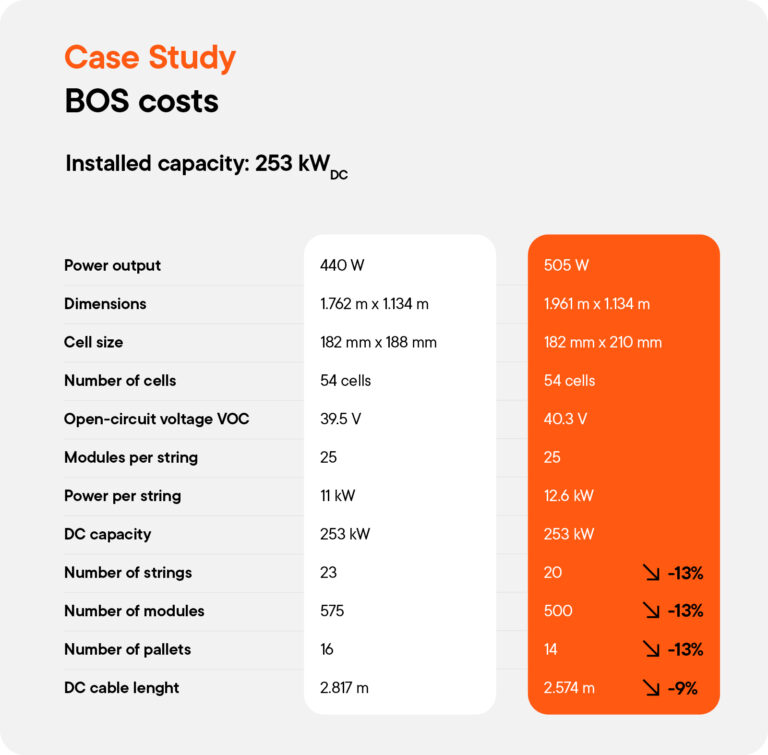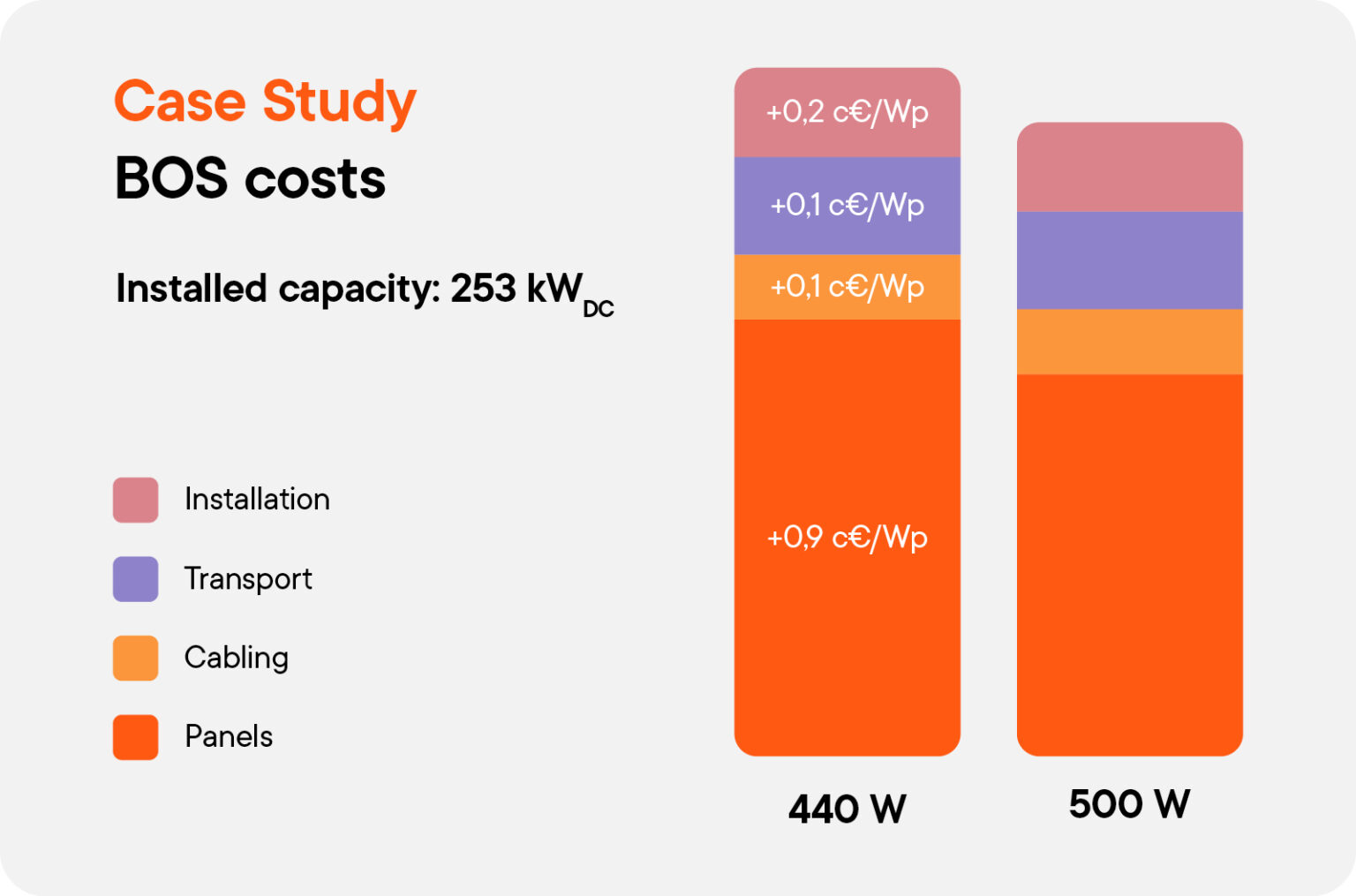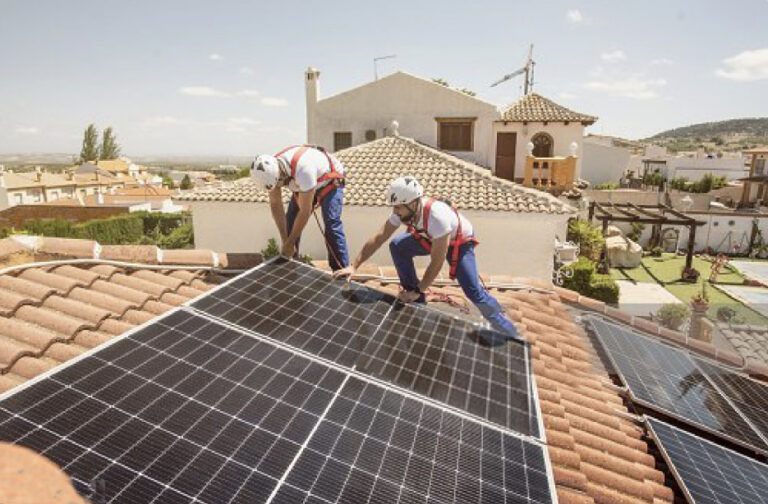When designing a photovoltaic system, many focus on the price per panel, but an often overlooked aspect is the power of the photovoltaic panel. This single factor can significantly impact the overall cost of installation and long-term savings. Higher power panels, like Trina Solar Vertex S+ 500 W NEG18R.28 505 W, allow for fewer strings, reducing installation costs and improving system efficiency.
Understanding the Power of Photovoltaic Panels
The power of a photovoltaic panel is measured in watts (W) and represents the maximum amount of energy the panel can produce under standard test conditions. For example, common panel options include 440 W and 505 W panels. Although the upfront cost of higher power panels may seem more expensive, they offer significant benefits that reduce overall costs.
How Higher Power of Photovoltaic Panels Impact Installation Costs? Case Study
Let’s dive into the details of how higher power of photovoltaic panels can lead to savings, using a specific case study comparison of 440 W and 505 W panels.

In this case, we compare two different panel configurations for a 253 kW photovoltaic installation: 440 W panels vs. 505 W panels.
440 W Panels (54 cells, 39.5 V Voc)
- 23 strings
- 575 panels
- 2.817 m of DC cables
- Total installation requires 16 pallets and significant amounts of cabling and labor.
505 W Panels (54 cells, 40.3 V Voc)
- 20 strings (13% fewer than the 440 W system)
- 500 panels (13% fewer panels)
- 2.574 m of DC cables (9% less cabling)
- This installation only requires 14 pallets
These reductions translate into lower costs for transportation, labor, and component supply. Fewer strings also mean fewer electrical components, such as inverters and connectors, further reducing costs.

Key Benefits of Higher Power Photovoltaic Panels
1. Fewer Strings
As shown in the case study, using 505 W panels reduces the number of strings needed. Fewer strings mean reduced wiring complexity, faster installation times, and lower maintenance.
2. Lower Installation Costs
Reducing the number of panels and strings decreases installation time, resulting in lower labor costs. Additionally, fewer components need to be installed, such as DC cables and supporting structures.
3. Less Space Requirement
Higher power panels allow you to generate more energy in a smaller footprint. This is especially beneficial for rooftop installations where space is limited.
4. Lower Logistics Costs
Since fewer panels and components are required, transportation and warehousing costs are reduced. As highlighted in the case study, using 505 W panels reduced the number of pallets from 16 to 14, which translates into lower logistical expenses.
Long-Term Savings with Higher Power Panels
While the initial investment in higher power panels might be higher, the long-term savings far outweigh the upfront cost. Fewer components, reduced labor, and lower maintenance lead to significant cost reductions over the lifespan of the system. In addition, the ability to generate more energy with fewer panels helps maximize the return on investment.
See also:
Why Power of Photovoltaic Panel Matters?
The power of photovoltaic panels plays a critical role in determining the total installation cost and long-term efficiency of your solar system. As demonstrated in our case study, opting for higher power panels leads to fewer strings, reduced installation time, and overall lower costs.
When considering a solar installation, don’t just look at the price per panel. Instead, consider the total cost of installation, where panel power is a key factor. Higher power panels help you save on wiring, labor, and logistics, leading to significant long-term benefits.


